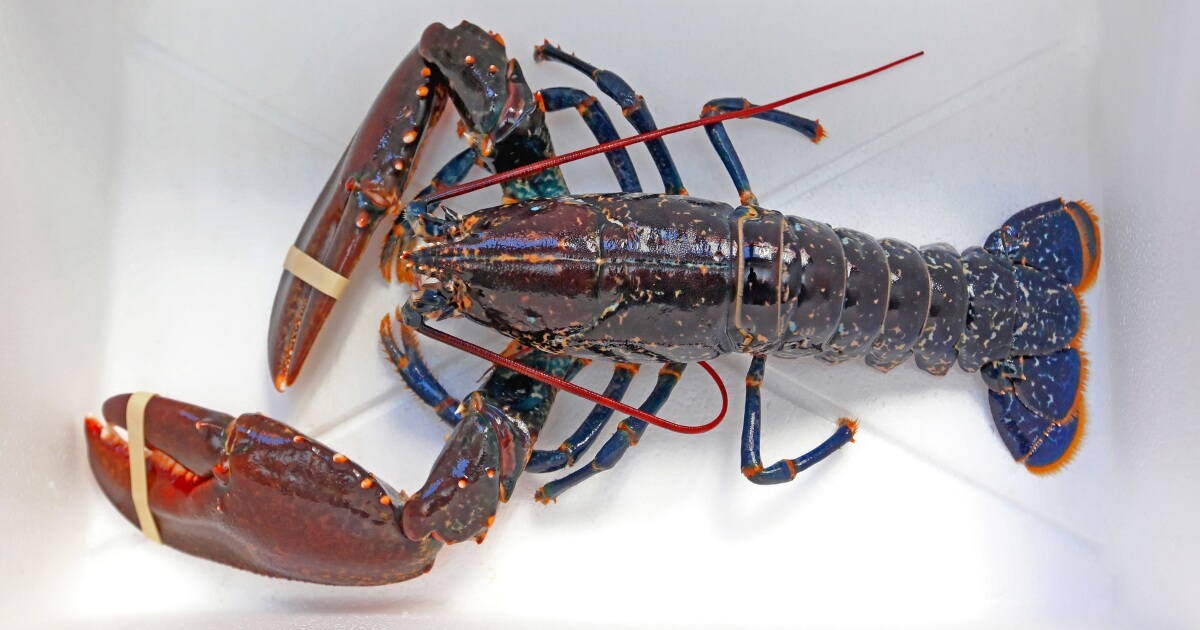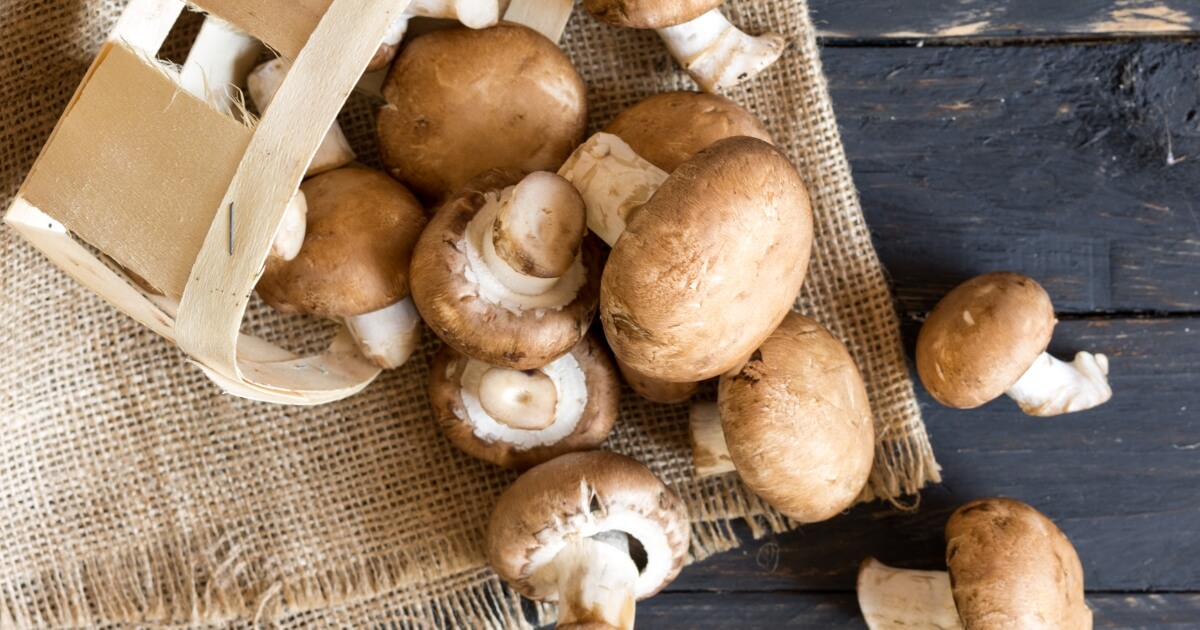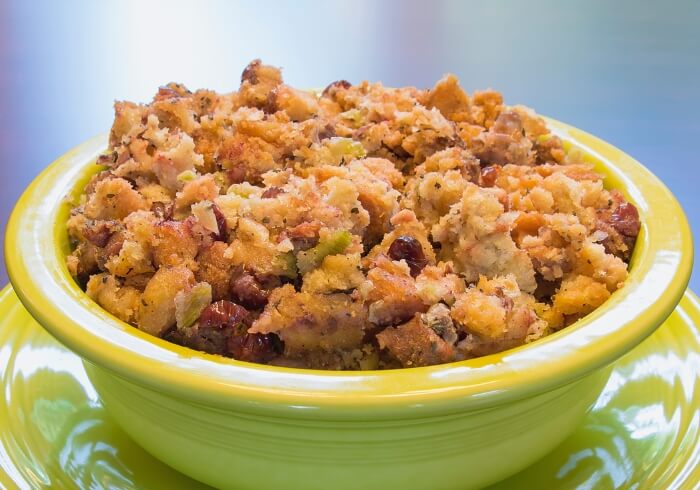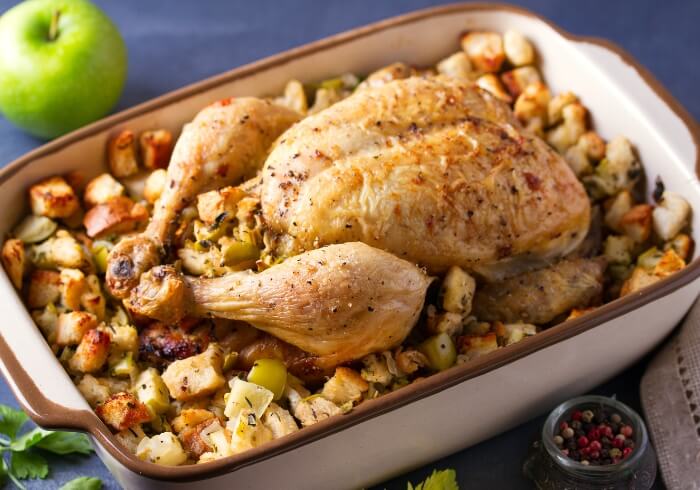There’s just something about a pizza that was made using a pizza stone that is that little bit extra mouth-wateringly delicious. It’s all in the crust, and using a pizza stone helps create a crispy, delectable pizza crust like no other.
Don’t despair if you are a financially challenged pizza chef and balk at the idea of spending a lot of money on a professionally styled pizza stone – take heart! It is possible to create your own DIY stone affordably.

Using our guide, you can learn how to get your hands on a perfectly good pizza stone alternative, so you too can enjoy authentic homemade pizzas at a fraction of the price.
How To Make A DIY Pizza Stone
Preparation and seasoning of terracotta tiles and plant saucers for use as pizza stones is the same as preparation of standard stones.
- Wash your unglazed tile or saucer (see instructions for selecting the right one below) thoroughly with cool water and no detergent – terracotta will absorb any tastes or odors, and you don’t want your pizza to taste like detergent, even if only vaguely!
- Let the tile or saucer dry all the way through. Don’t use it until it is completely dry or it may become damaged in a hot oven.
- Season lightly with olive oil.
- Place the stone alternative into the oven before turning the oven on. Putting it directly into a hot oven may break it.
- Preheat the oven to your desired temperature – usually around 450 degrees Fahrenheit – for an hour.
- Use your pizza paddle to slide your prepared pizza onto the stone.
- Cook and enjoy.
- Avoid extremes of temperature.
SEE ALSO: Best Pizza Peels
Pizza Stone Alternatives
A visit to your local home improvement store can reveal some remarkably inexpensive pizza stone alternatives in the form of terracotta (ceramic) tiles or plant saucers.
Terracotta Tile Pizza Stones
Terracotta tiles range in size from about 6″ x 6″ to 11″ x 11″. To use the smaller ones as a baking surface, you must line them up on your oven rack or the floor of your oven. This is workable, but it can be unsatisfactory.
The small ones are quite thin and naturally do not conduct heat as well as a single, continuous, heavy stone or tile.
For this reason, one or two or more of the larger tiles may be preferable. The 11″ x 11″ terra-cotta tiles can be quite thick and heavy and tend to conduct heat more evenly and to perform better than the smaller, thinner tiles.
Absolutely avoid glazed tiles!
When you go this route, be sure to choose tiles that have not been glazed. The glazing material used on tiles contains lead, and this is quite naturally bad news for cooking. Unglazed tiles, on the other hand, are quite safe and very inexpensive.
The smaller, thinner tiles can be had as cheaply as three-for-a-dollar. Larger tiles tend to cost about three dollars each. Just look for tiles that are made of all-natural clay to be sure of avoiding lead content.
When using tiles as pizza stones, it is sometimes best if you are able to keep them directly on the floor of your oven. This is especially true if you’re using the smaller ones and will need to get multiples and line them up. Since the floor of the oven is solid, the tiles will not shift if placed there.
Another advantage to using tiles on the floor of your oven to bake your pizza is that you can also make good use of the heat that is stored in the tiles.
If you plan your baking day well, you can bake your pizza and then turn off your oven and continue to use the stored heat to bake bread and other baked goods.
Terracotta Plant Saucer Pizza Stones
If you prefer to have a circular pizza stone, get your hands on a cheap ceramic plant saucer – it works in the same way as the tiles.
Terracotta plant saucers also make good “pizza stones”. They come in a wide variety of sizes that will enable you to make personal pizzas and large, traditional pizzas. As with tiles, be sure to choose unglazed terracotta to avoid lead content.
Note that you would place the saucers upside down in your oven and bake your pizzas on the flat surface of the bottom of the saucer. This will enable you to lift your pizza off the saucer using a standard wooden pizza paddle.











